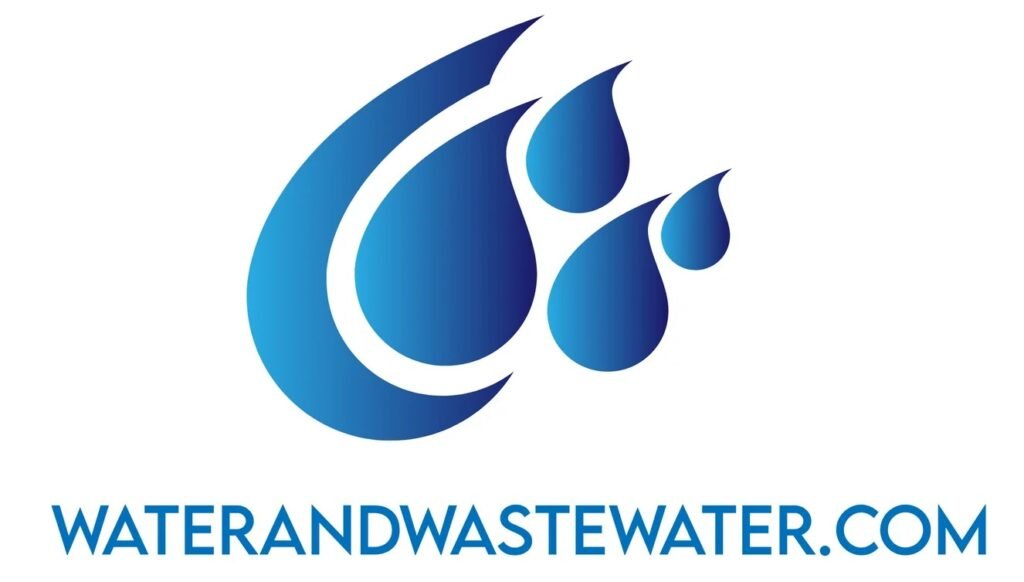Tag: Wastewater Management
The Trinity River Authority Central Regional Wastewater System (TRA CRWS) is a crucial component of the water infrastructure in North Texas. This system plays a vital role in treating and managing wastewater for the cities and communities in the region, ensuring the protection of public health and the environment. The Trinity River Authority (TRA) was […]
The Bowery Bay Wastewater Treatment Plant, located in Queens, New York, is one of the largest and most important Wastewater Treatment plants in the city. With a capacity to process up to 150 million gallons of wastewater per day, the plant plays a crucial role in protecting the environment and public health by ensuring that […]
Located on the East River in New York City, the Wards Island Wastewater Treatment Plant is the second largest treatment facility in the city, serving over 1 million residents in Manhattan, the Bronx, and parts of Queens. As one of the key components of the city’s wastewater management system, the plant plays a vital role […]
The North Regional Wastewater Treatment Plant, located in DeKalb County, Georgia, is an essential facility that plays a crucial role in protecting the environment and public health. This state-of-the-art treatment plant serves as a key component of the county’s wastewater management system, providing advanced treatment processes to ensure that wastewater is safely treated and disposed […]
Here are the top 50 wastewater treatment plants in the United States, based on the population served: 1. Hyperion Treatment Plant (Los Angeles, CA) 2. Deer Island Sewage Treatment Plant (Boston, MA) 3. Stickney Water Reclamation Plant (Chicago, IL) 4. Blue Plains Advanced Wastewater Treatment Plant (Washington, D.C.) 5. Newtown Creek Wastewater Treatment Plant (New […]
Bar screens are essential components in wastewater treatment plants, serving as the first line of defense in the filtration and treatment process. They are installed at the entrance of the treatment facility to physically remove large objects such as sticks, rags, and plastic materials from the wastewater stream. This preliminary step is crucial because it […]
In the domain of wastewater treatment, the use of band screens plays a crucial role in the initial stages of the cleaning process. Band screens are fine screening equipment that efficiently removes debris and solid waste from the flow of wastewater. They consist of a series of panels or bands, which form a continuous loop […]
Wastewater treatment is an essential process to ensure that water returned to the environment is free from harmful pollutants and can support aquatic life. Among the diverse technologies employed, cloth media filters stand out for their effectiveness in filtering out fine particulates from wastewater. These filters operate by using layers of cloth material as a […]
In the realm of wastewater treatment, sidestream ozone injection represents a sophisticated method aimed at enhancing water quality through the application of ozone, a powerful oxidizing agent. This technique introduces ozone directly into a sidestream of the wastewater before mixing it back into the main flow. The utilization of ozone plays a crucial role in […]
Cascade aerators are a critical component in the treatment of wastewater, serving the primary function of introducing air into the water to increase the dissolved oxygen content. This process is essential for the biological treatment stages of wastewater management, where aerobic bacteria break down organic pollutants. The design of cascade aerators takes advantage of gravity […]
